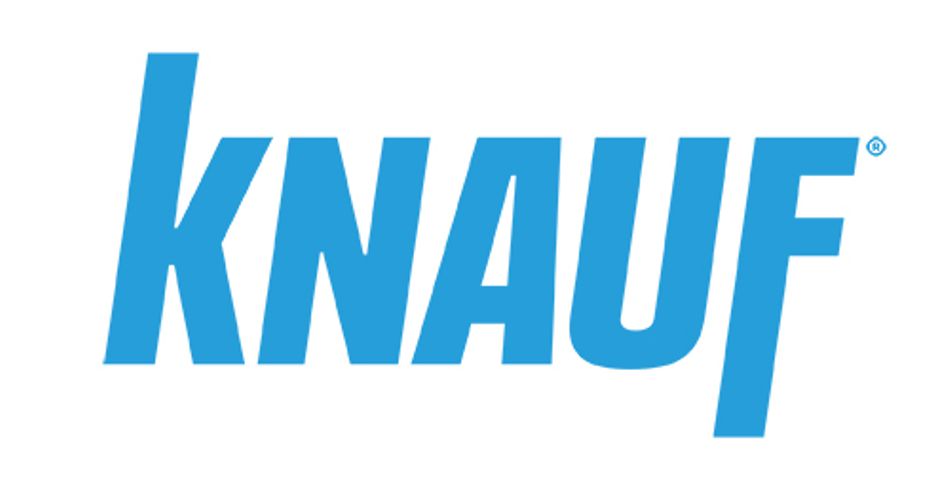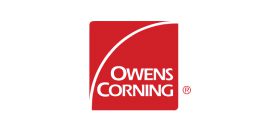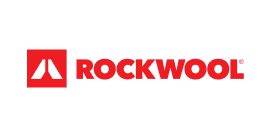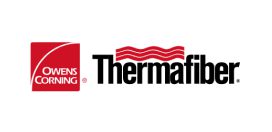Follow these guidelines for installing fiberglass and mineral wool insulation in commercial buildings.
Batt insulation materials
Fiberglass, rock and slag wool batts are available a variety of R-values, thicknesses and pre-cut widths and lengths. Batts are available plain (no facing), or with kraft paper facing or other types of vapor retarder facings. Tabless batts (also known as friction fit), that fit snugly in the wall cavity and stay in place without any fasteners until the wall finish is installed, are available with stapling flanges to hold them in place. Both tabless batts and the type with stapling flanges are acceptable for use in the ICC building codes and ASTM, ENERGY STAR and RESNET standards.
Preparation for proper installation of batt insulation
Before starting your batt insulation job:
- Make sure you have the right R-value to meet code or ENERGY STAR requirements
- Find out if vapor retarders are required
- Make sure you have the combination of products and associated tools needed to complete the job
For additional details, download ASTM Standard Specifications for Mineral Fiber Blanket, Loose-Fill and Spray-Applied Insulation.
For R-value requirements, consult the Department of Energy R-Value Recommendations
Advanced wall framing saves money and increases energy efficiency of commercial building insulation
Advanced wall framing techniques, as outlined by the Department of Energy, increase the amount of insulation in walls (and other building components) and decrease the amount of wood framing. Reducing the amount of wood or number of studs in the walls using these framing techniques can save money on lumber and increase the energy efficiency of a building.
Perform a pre-insulation walk-through
Inspect all walls and ensure all cavities where insulation will be installed will have 6 sides after the wall finish is installed. That means there will be an exterior sheathing, such as insulation board or OSB, wood (or steel) studs on the four sides, and finally the wall finish on the interior. Because loose-fill or batt insulation on the attic floor and batts installed under floors are not exposed to significant air movement, they do not need to be covered on the exterior side. ENERGY STAR requires the installation of air baffles at the eaves to minimize the amount of air entering the edges of the insulation in the attics.
Make sure an effective air barrier system is in place
Minimizing air infiltration is dependent on the air barrier system and not the insulation type. The most important thing to do before installing fiberglass and rock wool batts in walls, and other parts of the building envelope, is to make sure there is an effective air barrier system in place.
See More
–+About air sealing materials
Air sealing materials that can be used for joints, seams and penetrations in the air barrier vary according to air barrier materials and manufacturer’s instructions. Weather-resistive barriers may be taped or sealed with caulking, rigid sheet-good materials may be sealed with caulk or specialty sprayed-on air sealing systems. Having a second air barrier in place, such as sealing the interior finish (i.e. gypsum board) may increase the air-tightness of the building and increase energy savings.
Efficient techniques
Common air barrier systems can be achieved using:
- Properly sealed housewrap—installed in accordance with the manufacturer’s instructions. Housewrap commonly requires taping or sealing lap joints/edges and attaching the housewrap to the wall sheathing with cap nails.
- Caulking or specialty sealing systems—where high pressure is used to spray flexible sealants into all the joints, gaps and cracks in the building envelope.
Usually air barrier systems are a combination of house wrap and various sealants such as caulk and spray foam insulation applied where they are most effective to achieve as continuous an air barrier as possible.
Best practices for batt installation
To get the optimum performance when using fiberglass and mineral wool batts in walls and knee walls, fill the cavity. Cut each batt so it is about ½” longer than the cavity and for non-standard cavity widths cut the batt ½” wider. (Standard batts are pre-cut to be about ½” wider than a standard wall cavity with either 16” or 24” on center framing.) Then use care to place the batt in the cavity so it fills the cavity from top to bottom, side to side and front to back.
Video instruction for Grade 1 Installation
See “how to” instruction for:











